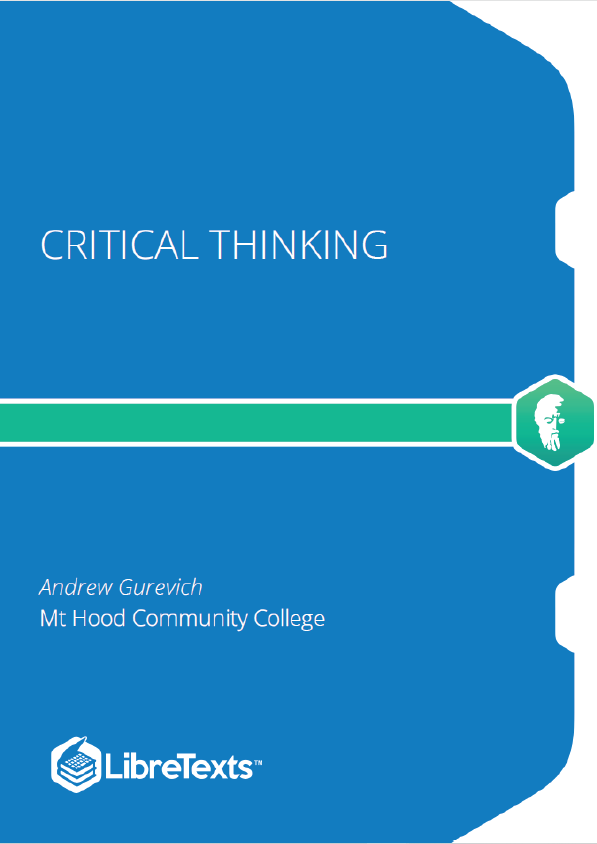Why do we argue with one another? What is the intention? How do we know when we have “won” or “lost” an argument? What happens then? In this unit, we explore the functions and purposes of argument to reveal the deeper reasons we engage in this complex, frequently stressful activity and what we can gain by having an enhanced perspective on it.
Argument is not in itself an end or a purpose of communication. It is rather a means of discourse, a way of developing what we have to say. We can identify four primary aims or purposes that argument helps us accomplish:
- Inquiry
- Conviction
- Persuasion
- Negotiation
- View the Powerpoint: The Four Aims of Argument
Arguing to Inquire: Forming our opinions or questioning those we already have.
The ancient Greeks used the word dialectic to identify an argument as inquiry; a more common term might be dialogue or conversation. Arguing to inquire helps us accomplish the following:
- to form opinions
- to question opinions
- to reason our way through conflicts or contradictions
It requires an attitude of patient questioning under non-threatening circumstances, usually done alone or among trusted friends and associates. The primary purpose is a search for the truth. The primary audience is often the writer and fellow inquirers concerned with the same issues.
Examples: Classroom discussions; journal writing; exploratory essays; letters; late-night bull sessions in a dorm.
Arguing to Convince: Gaining assent from others through case-making.
While some inquiry may be never-ending, the goal of most inquiry is to reach a conclusion, a conviction. We seek an earned opinion, achieved through careful thought, research, and discussion. And then we usually want others to share this conviction, to secure the assent of an audience by means of reason rather than by force.
- Arguing to inquire centers on asking questions: we want to expose and examine what we think.
- Arguing to convince requires us to make a case, to get others to agree with what we think. While inquiry is a cooperative use of argument, convincing is competitive. We put our case against the case of others in an effort to win the assent of readers.
- Examples: a lawyer’s brief; newspaper editorials; case studies; most academic writing
Arguing to Persuade: Moving others to action through rational, emotional, personal, and stylistic appeals.
While arguing to convince seeks to earn the assent of readers or listeners, arguing to persuade attempts to influence their behavior, to move them to act upon the conviction. Persuasion aims to close the gap between assent and action. To convince focuses on the logic of an argument; to persuade will often rely on the personal appeal of the writer (what Aristotle called ethos) and involve an appeal to an audience’s emotions (pathos). In addition to these personal and emotional appeals, persuasion exploits the resources of language more fully than convincing does.



